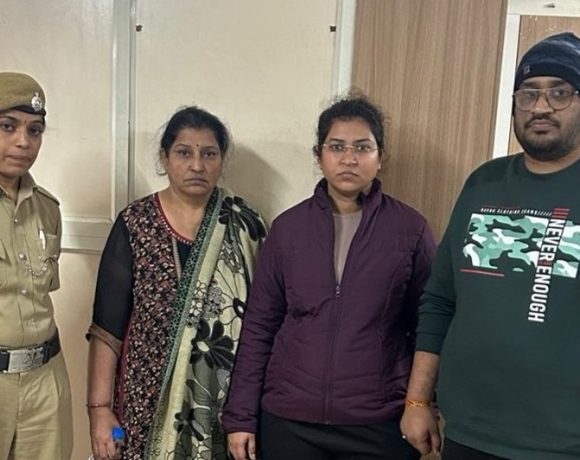
Shoot-at-Sight Order Imposed in Assam’s Dhubri After Communal Unrest
In response to escalating communal unrest in Dhubri, a border town in Assam, the state government has announced a shoot-at-sight order after dark. The drastic measure, issued by Chief Minister Himanta Biswa Sarma, aims to restore order and prevent further violence that has unsettled the region over the past week.
What Triggered the Order
The unrest erupted following incidents after Bakrid celebrations—including the discovery of animal remains near a Hanuman temple and inflammatory posters urging district integration with Bangladesh. Mob clashes and stone-pelting ensued as tensions flared between Hindu and Muslim communities.
In light of credible intelligence suggesting a planned attack on Hindu temples by a so-called “communal group”, the state government declared a zero-tolerance policy for further provocations. The directive applies specifically after sunset and is meant to deter violent actors.
State’s Enforcement Strategy
The shoot-at-sight policy empowers police and security forces to use live fire without warning against anyone found inciting unrest or engaging in violence after nightfall. Additional forces—including the Rapid Action Force and CRPF—have been deployed to support local law enforcement.
Chief Minister Sarma stated he will remain present in Dhubri during next Eid to ensure a sustained peace effort. He has also commissioned an inquiry into reports of beef being trafficked from West Bengal, which he warned may be linked to attempts at communal disruption.
Public Safety and Community Impact
With approximately 90% of Dhubri’s population identifying as Muslim, the area has become a hotspot for communal tensions. The shoot-at-sight order aims to protect temples, calm nerves, and send a clear signal that law enforcement will act decisively.
Authorities urge citizens to comply with the order and report suspicious activities. They have also appealed for peace and restraint while the inquiry into the underlying causes continues.


















